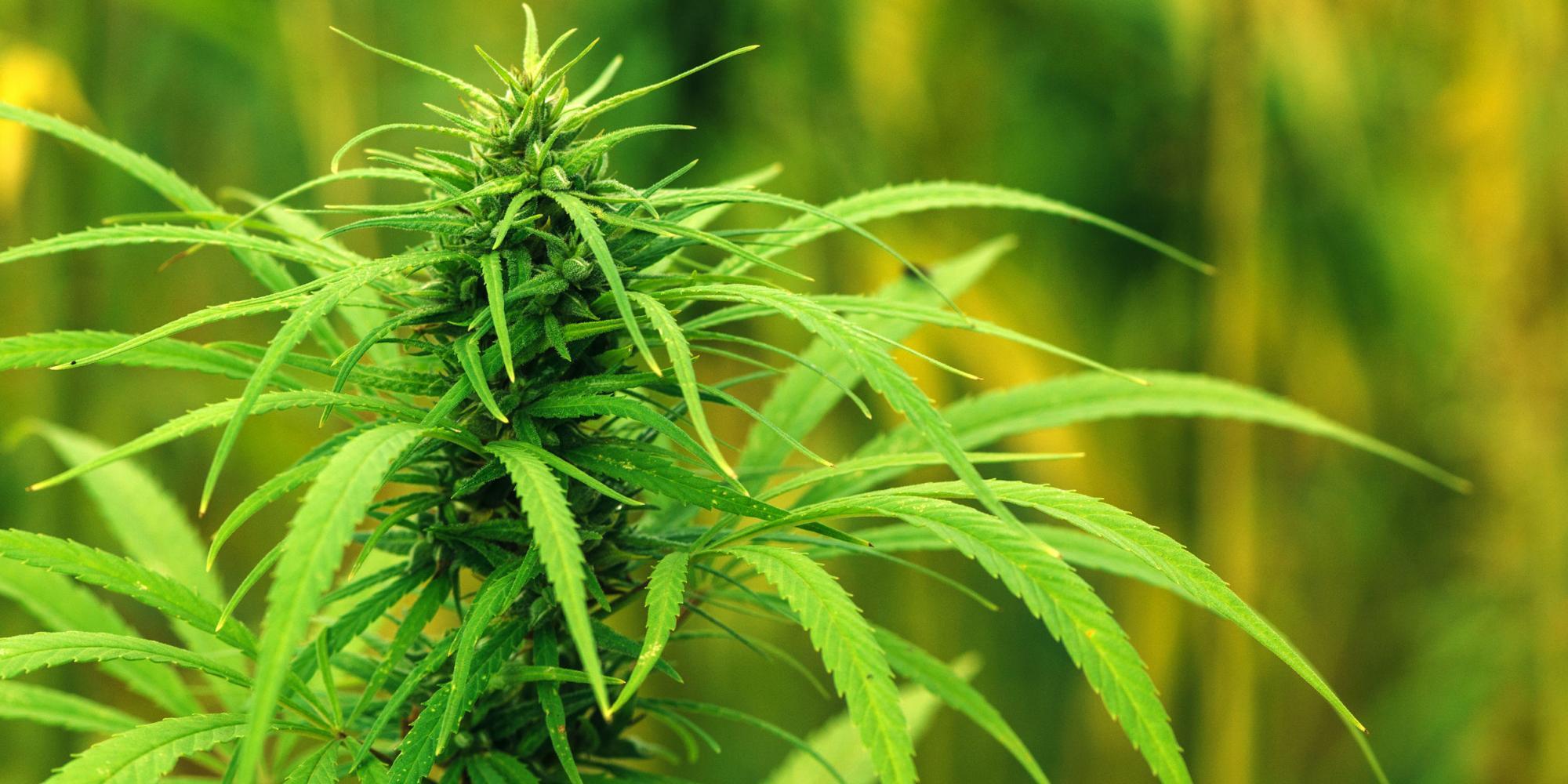11.21.2025
Sausage casings bulletin, November 21, 2025

...

Quality seed is an essential part of any production system. Modern seed for dominant crops like corn and soybeans would astonish farmers of the first half of the twentieth century. Yields, disease and pest resistance, drought resistance, and stand uniformity are just a few of the many value traits targeted in crop seed development. Hemp will undergo considerable transformation over the coming decade, as competent professionals apply rigor to the development of hemp seed genetics. Hemp farmers continue to suffer at the mercy of unscrupulous or incompetent seed sellers.
Seed breeders have primarily focused on cannabinoids, in lockstep with that burgeoning, volatile segment. Others, like New West Genetics have leveraged microbiology and statistical analysis into the development of novel, multipurpose varieties. Wendy Mosher joined a panel discussion at the Winter Hemp Summit last week and relayed the company’s accomplishments, and future goals to develop hemp crop genetics. Her focus on dual purpose crops places her at the leading edge of sustainable hemp production in the US.
Seed breeders have an important role in developing sustainable production systems for hemp. Livestock feed is expected to drive hemp production significantly, once hempseed is cleared for feeding livestock or poultry. Scaled extraction operations can then glean cannabinoids from remaining floral material. This is the model adopted on some Northern European farms, and Canadian farmers are also experimenting with a broadacre model as they add cannabinoids to the mix.
The task of hemp seed breeders is an immense, long-term, but exciting project. Hemp markets have not developed sufficiently to guide seed breeders in developing fiber varieties. The applications and end use are key for seed breeders to develop a road map for fiber varieties. Mosher has said that New West does not have sufficient input for developing fiber varieties, but markets set these specifications. Right now, hempseed is poised to expand.
As a result, Mosher’s focus is on the most essential traits needed for a viable, dual-purpose crop, including agronomic traits, but also novel traits like 80-90% occurrence of females. Nutritional profiles will be a priority trait for hempseed feeding, and it is possible that amino acid profiles could be targeted to various species, through plant breeding. At the very least, breeders will have success in raising the overall amino acid levels in hempseed, and will need to, for any widespread adoption. More likely, producers will supplement corn/soy rations with a percentage of hempseed meal. This is a ready, high volume market, that can quickly scale, if feeders see hempseed as a desirable component of rations.
The ability of row crop farmers to integrate a new crop into US crop rotations could pay sustainability dividends. Anecdotally, we know that cannabis can increase organic matter in soils, enhance water absorption, and extract soil contaminants. This creates ample opportunity in production systems. US crop rotations are massive, unyielding systems that developed over many years of market pressure and policy. Adding a new crop will happen over many years and requires a number of market and production related problems to be solved. This is also true for organic producers that are keen to trial hemp as a cover crop. The tools and skills needed to successfully establish hemp stands will be hard earned by farmers, and plant breeders have a compelling role in developing both the tools and skills that will lead to profitability.